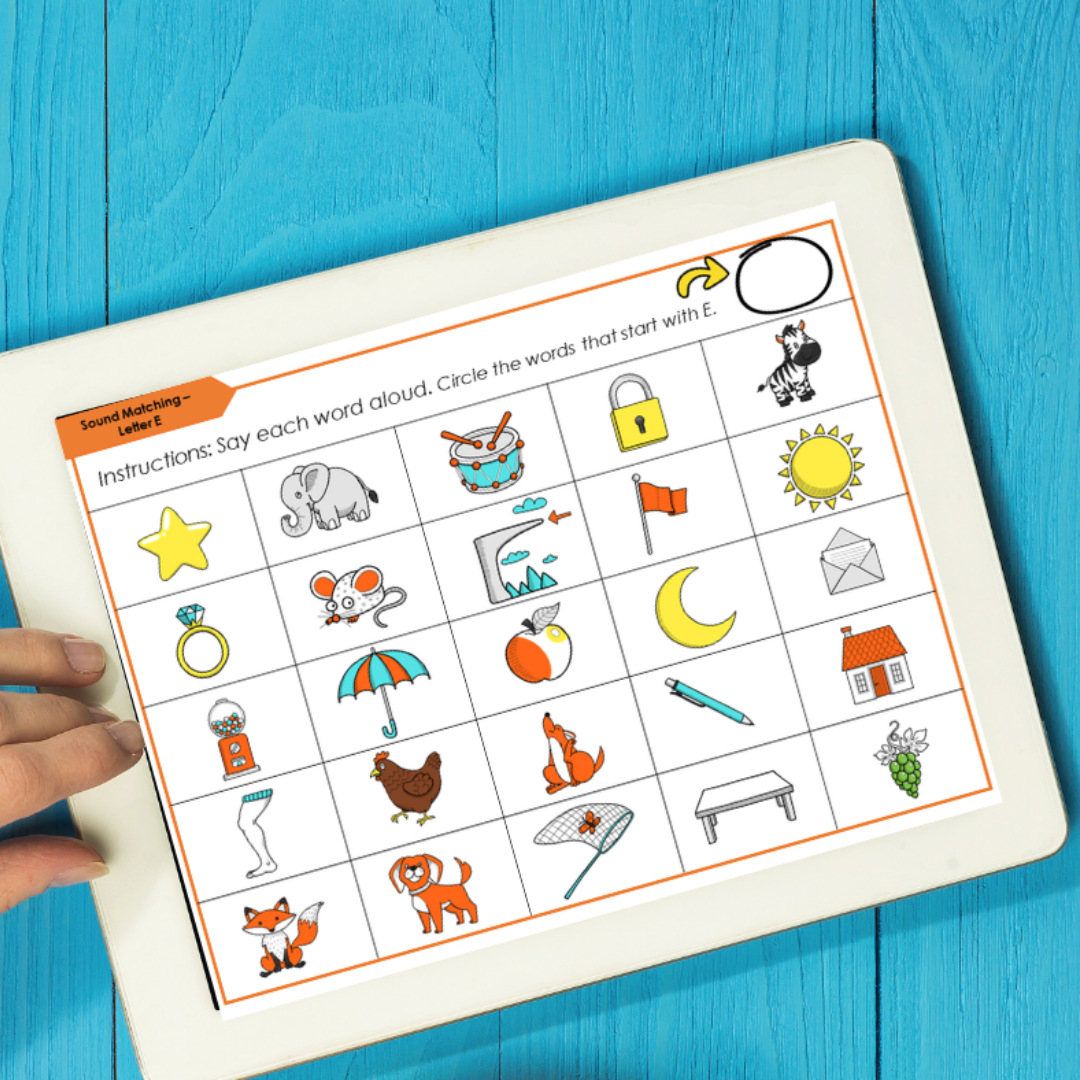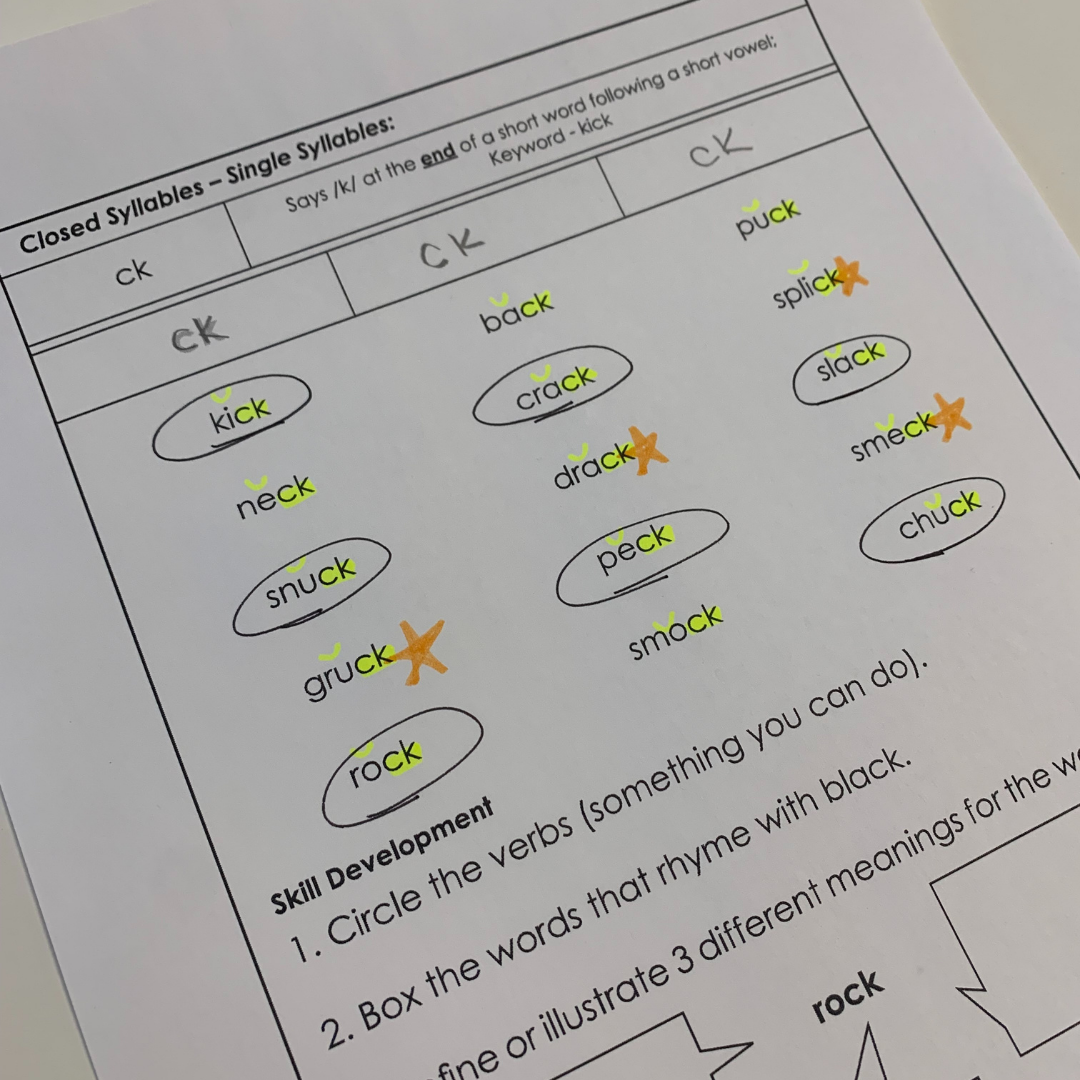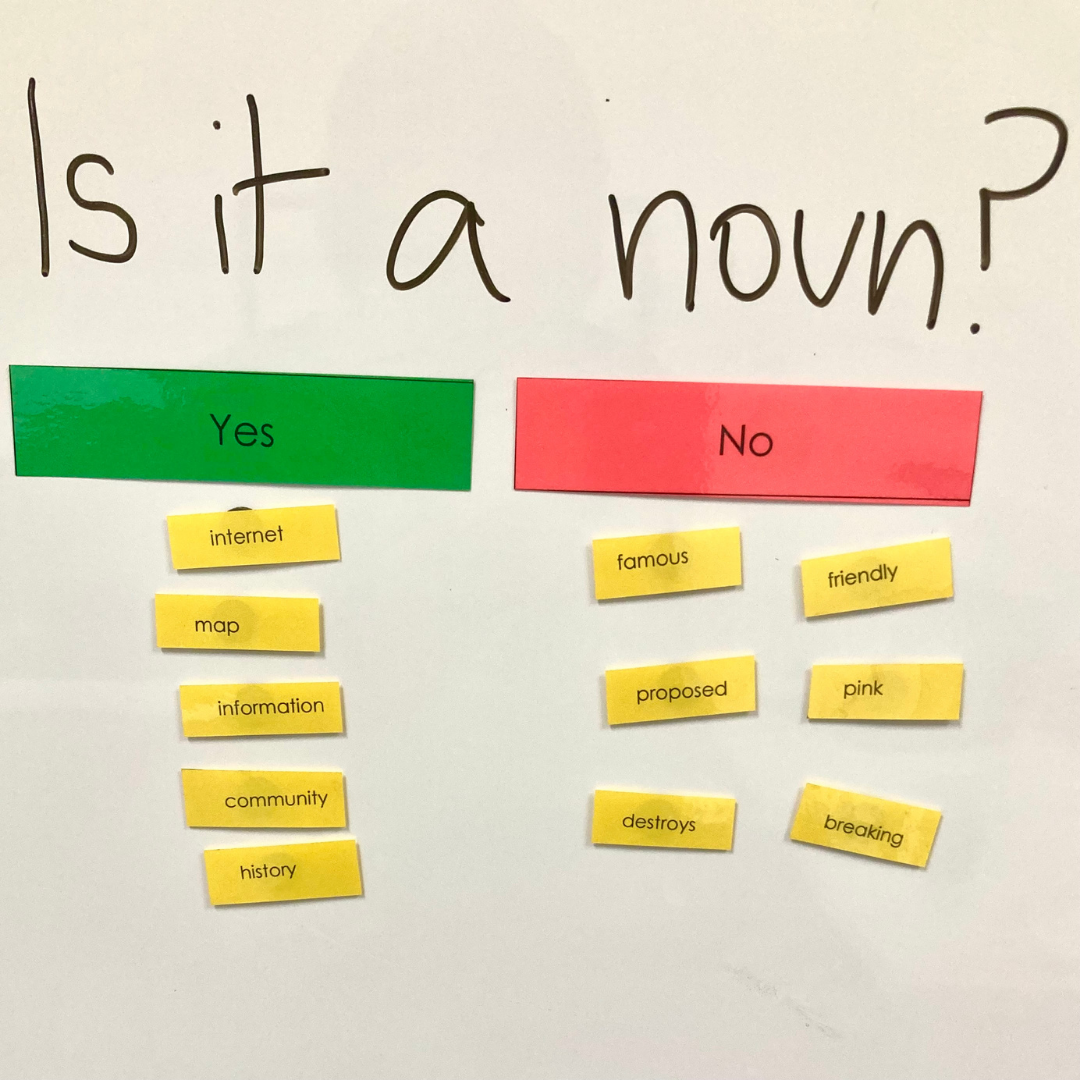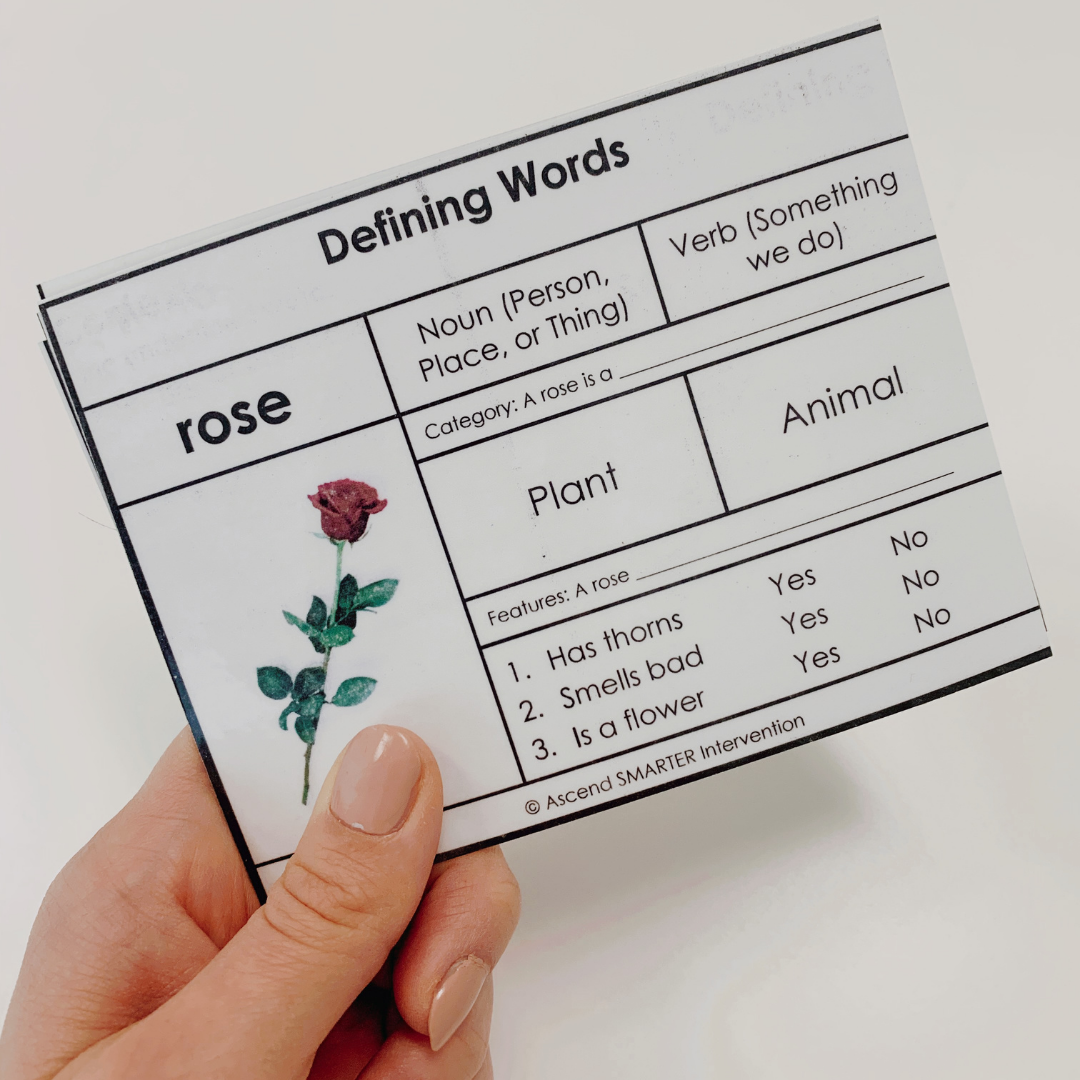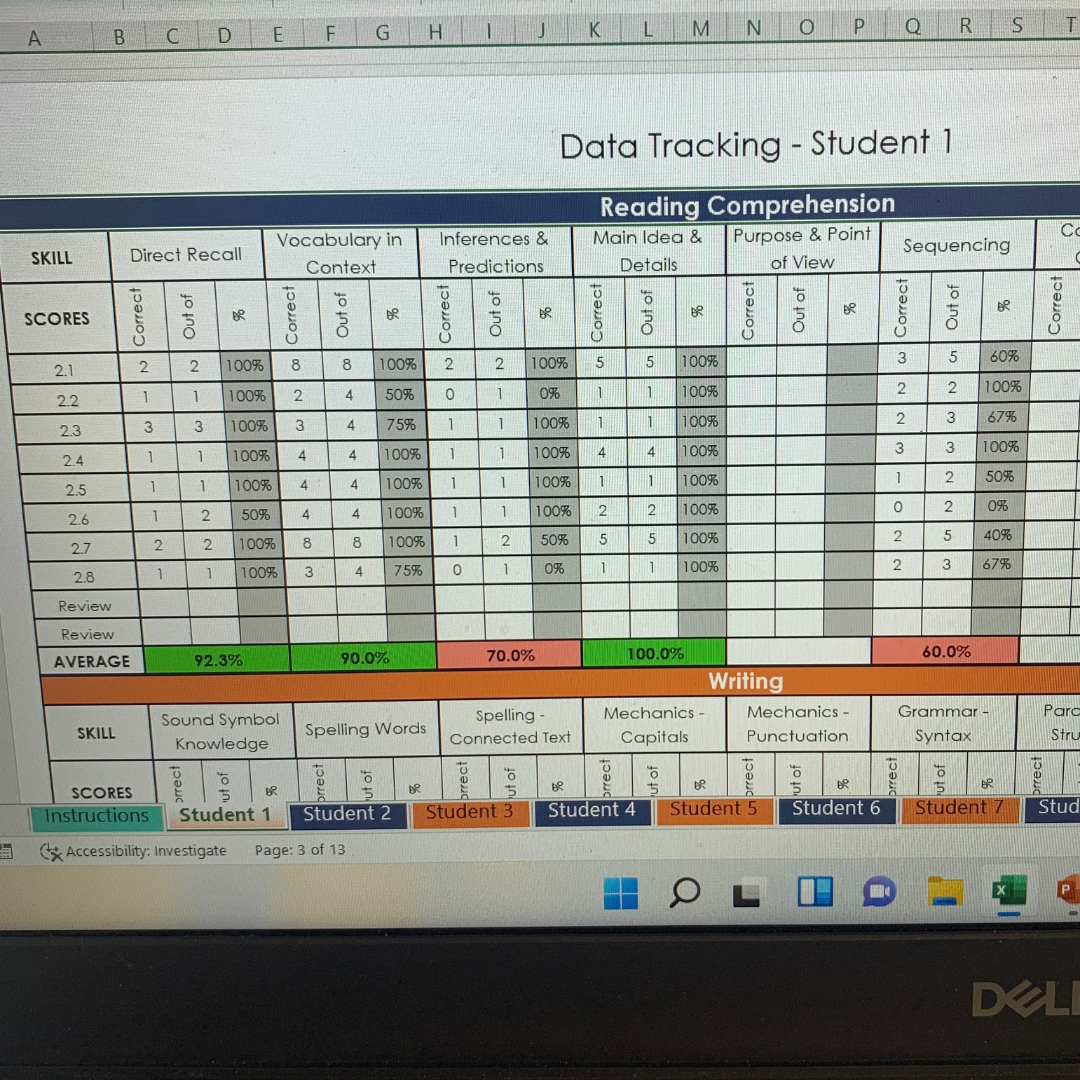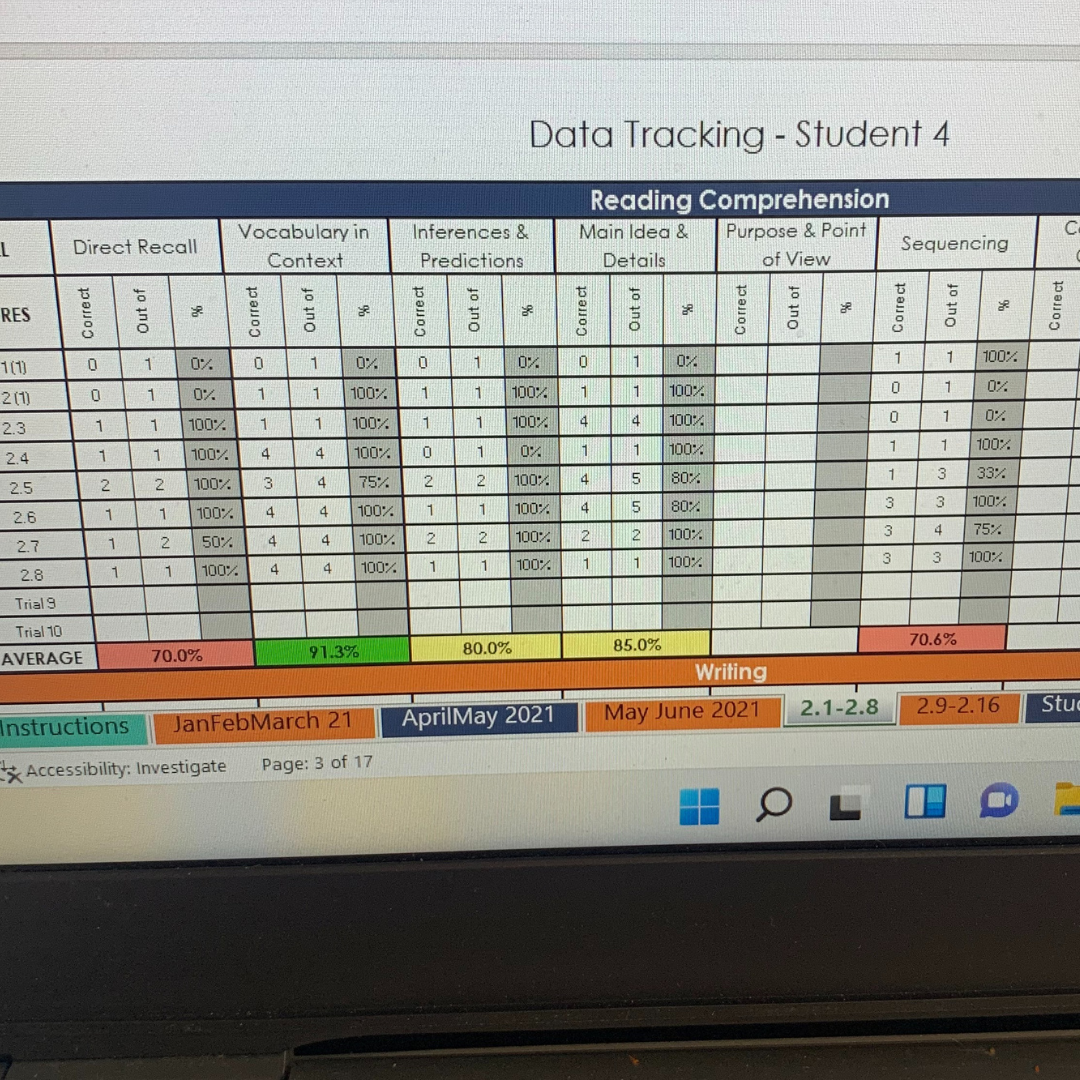How to Use SOR to Build Students’ Comprehension Skills
Hi Friend,
All month long, we are talking about our favorite strategies and resources that we use to support students who struggle to read for different reasons.
Last week, we talked about the most effective ways to support our students who struggle with word recognition.
This week, we are taking a look at Group c our…
Students who struggle with comprehension.
Our students in group C are students who are effectively decoding. They may be decoding well either because they don’t have an underlying struggle here, or, because they have already received explicit instruction.
We have to be careful to identify these students because they often fall through the cracks. There is a misconception that when a student can read (in the sense that they can decode) words, they can then understand them. This is not the case. When a student struggles with comprehension, they may sound beautiful when reading but they can’t understand it.
…and that is a problem.
In order to be successful readers, students have to be able to understand what they are reading - not just sound out the words.
So how do we support students who struggle with comprehension?
There are a few strategies and resources we really like using to help support our students’ comprehension development. Today, we are going to break down a few of our favorite strategies.
This is a great time to collaborate with SLPs.
When a student is able to decode but unable to comprehend, we want to look more closely at their language abilities. This is a great time to meet with an SLP because of their ability to assess and support language comprehension difficulties.
We also need to be asking ourselves…
How can we better support Vocabulary?
When a student is struggling to comprehend, we need to be asking if there is a breakdown in their vocabulary. Students have to understand what the words mean in order to understand them in context. To read more about what kind of vocabulary skills we should be targeting, >>click here.<< We’ve also outlined a few of our favorite strategies below.
Categorizing words is one of the activities we do with a lot of our students to help them see how words relate to one another. Sometimes, we will give them three prompts (as seen on the task cards below, which you can find >>here<<) and ask what category they are all a part of (i.e., giving them the words “love, happiness, and joy” and expecting the answer “positive emotions”). Another way to do this is to give students a category and have them identify all of the items within that category. For our youngest students, we will do this with pictures (i.e., find me all of the animals) and as they get older we like to do this with word lists.
Identifying the part of speech is another great way to support a student’s vocabulary. We will explicitly teach them what nouns, verbs, adjectives, and adverbs are and ask them to sort the words provided to them. This helps build the foundation needed to identify the subject, predicate, and adverbial phrases within a sentence which leads to stronger comprehension!
Defining Words- when we ask students to define words, we ask them to identify the following four things.
Part of Speech/Category
Function, Purpose, or any Defining Features
Synonym
Antonym or Shade of Meaning
So if the word was rose, the definition might read something like “a rose is a flower that has thorns on the stem and is usually red, pink, white, or yellow. It’s like a tulip but not like a sunflower.
This allows them to demonstrate their knowledge of the word more so than reciting a memorized definition. This also helps their metacognition. When they are trying to define a word they need to be able to identify all four parts. If they can’t, then they know they need more information before saying they truly know what the word means.
Defining Words in Context - when working with students on reading, we will pull words out of the stories and passages they are reading to make sure they can define words in context. When the word is in a story, we will have them look for context clues, identify if the word is in the subject, predicate, or adverbial phrase, and identify its part of speech within a sentence. All of these steps help them to define the word. If they aren’t able to define the word with just the passage information alone, we will also discuss strategies for looking the word up.
We also need to be asking ourselves…
How can we better support comprehension skill development?
The first thing we need to think about when trying to support comprehension, is WHERE within comprehension are our students struggling?
Within the umbrella of “comprehension skills,” we have multiple subskills including things like direct recall, identifying the main idea, sequencing, making inferences and predictions, understanding cause & effect, and so on. In order to best target students’ comprehension, we need to narrow down which subskill(s) they are struggling with. We like looking at their data to determine where they are consistently struggling. If you want to grab these free data tracking sheets, you can find them >>here.<<
Once we know where the students are struggling, we will target those areas directly. You can read more about research-based comprehension support >>here.<<
If you look at the photos above, you’ll see the student on the left is struggling primarily with making inferences and sequencing, but not struggling with direct recall, vocab in context, or identifying the main idea. This information allows us to spend more time filling in her specific holes & gaps.
Meanwhile, the child on the right is struggling primarily with direct recall and sequencing, while needing some support on making inferences and identifying the main idea as well.
While both of these students need support with comprehension, the time we spend on specific subskills will look different.
We love using graphic organizers to help support these different comprehension subskills.
Depending on where our students are struggling, we will target that area with the use of graphic organizers. These are worksheets that outline the thought process we need to use in order to answer different comprehension questions and keep information organized.
To read more about the graphic organizers shown in the photo (and to grab your own set!) >>click here.<<
Our instruction should also focus on writing!
How do we support vocabulary and comprehension in writing?
Another thing to remember here is that reading and writing are reciprocal processes and students need explicit instruction in BOTH. Just because one side of this coin is strong doesn’t mean the other is.
Just like we need students to understand words they read or hear (receptive vocabulary), we also need to explicitly teach them how to use vocabulary in their writing (expressive vocabulary).
A fun way to do this is to make it a game! Using a reading game like our R-Controlled Word War (you can find it >>here<<), we will have students pull a word. They then need to use that word appropriately in a sentence. You can also expand this by then having the next student pull a word and use it in a sentence that continues the story.
This targets both their vocabulary and writing skills. If you want to add an additional comprehension challenge, you can ask them to write different kinds of responses like narrative, informative, opinion, or persuasive.
If you are looking for more resources to help target all five core components of literacy (+writing) then check out the 5CCL Activity Library. This library has hundreds of activities that can be used for in-person and/or online instruction. To learn more, click the button below!



